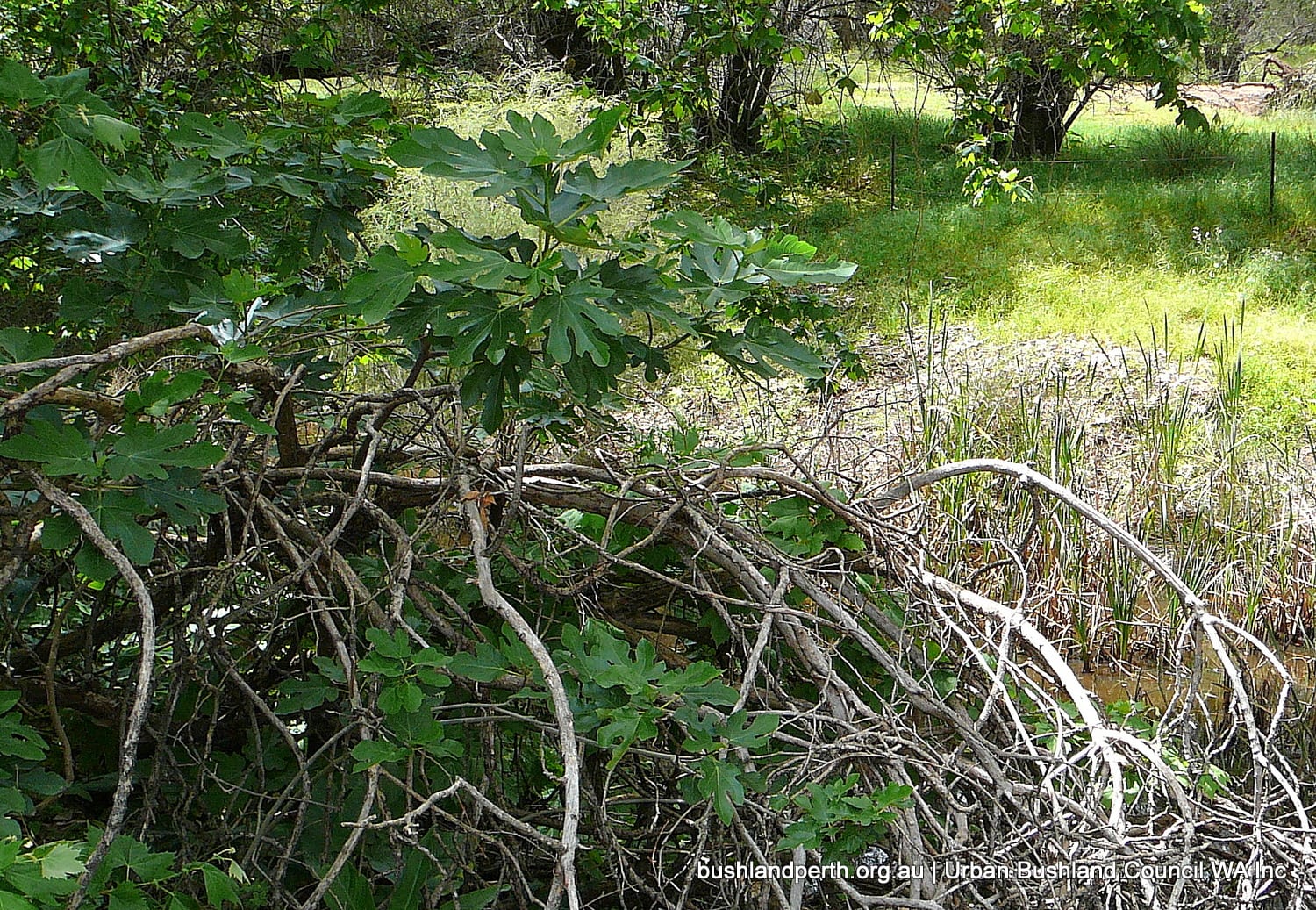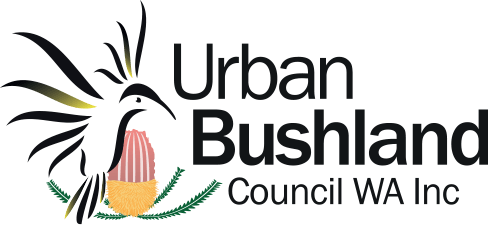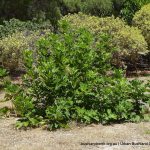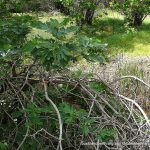Common Fig

Common name
Common Fig
Scientific Name
Ficus carica
Type of plant
Tree And Shrub Weeds
About this weed
This edible fig has been a common garden plant since early settlement and is still common in the older suburbs and around older settlements. Since being introduced from the Mediterranean and the Middle East as a garden plant it has escaped and spread along rivers and creeks. It is easily recognised as the leaves are large and in the shape of a hand. The ‘pear’ shaped fruit can be either purple or green and appear in summer.
Description
Common Figs are small winter deciduous trees growing to 10 m high. They are slow growing and take five to ten years to first flower. These hardy small trees reproduce by seed, stem fragments and suckering. In shady conditions this may be longer. They require the presence of a specific species of wasp for pollination and seed set. The seedbank persists for only a short period, possibly days to 1 year. If burnt it may be able to resprout after fire.
Impact on Bushland
Figs have a long lag time in the invasion process but once the correct conditions are met it can expand exponentially at a landscape scale. Eradication of small populations is therefore recommended.
Location
Mainly found on the Swan Coastal Plain. It prefers peaty sand over limestone or loam and is found along rivers and creeks.
Priority for removal
High: may become a major threat to conservation values anywhere it has taken hold.
Management (hand)
Hand remove seedlings.
Management (herbicide)
Stem inject with 50% Glyphosate and foliar spray regrowth with 10% Glyphosate. For stems less than 30 cm diameter apply 250 ml Access® in 15 L of diesel to basal 50 cm of trunk (basal bark). Read the manufacturers’ labels and material safety data sheets before using herbicides. Optimal time for spraying is December to February but occasional spraying can be done in November and March.
Flowering month/s
January, November, December
Flower colour/s
Green
Information source
https://florabase.dpaw.wa.gov.au/browse/profile/1747
Additional information
https://florabase.dpaw.wa.gov.au/weeds/swanweeds/
Hussey, B.M.J., Keighery, G.J., Dodd, J., Lloyd, S.G. and Cousens, R.D. (2007) Western weeds. A guide to the weeds of Western Australia, Second Edition, The Weeds Society of Western Australia, Victoria Park, Western Australia.


